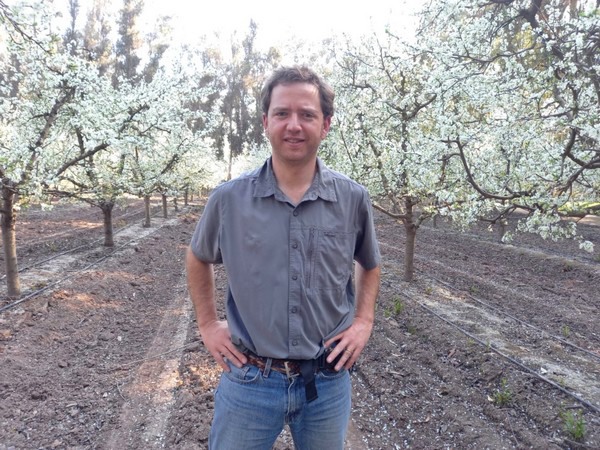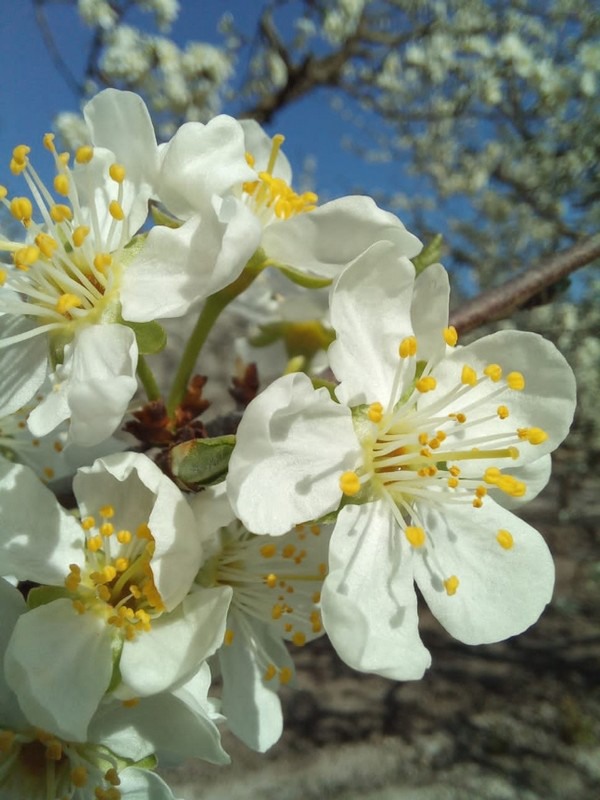Chile's European plums had a very good flowering period in 2022 thanks to a set of factors, which were not so good in other years. This is evident from the words of Pablo Campino, member of the Chileprunes Technical Committee and head of D'Agen Plum Program at Pacific Nut Company Chile.

From the outset, he said, unlike the last three years, the rainfall in autumn and winter has been positive and the field's soil humidity is optimal. "It rained just enough, a very similar amount to a normal year. There were nuances according to the different valleys, but it rained about 250 mm-300 mm, at the appropriate time. Last year, in some areas, 100 mm of rain fell in January, which contribute nothing to the production. In fact, it's quite the opposite."
At the same time, there is a good snow reserve at the mountain range level, which ensures the supply of water for summer, ensuring its availability for a good end of the season.
Winter pruning also worked well at the beginning of the cycle, with abundant labor available for work in orchards. During the previous two years, for various reasons, including the pandemic, there was a shortage of labor and orchards that, in short, were not pruned in the best way, leading to high productions, to the detriment of caliber.
 In addition, this year the crops were not affected by the frost, which has caused a lot of damage in the past. In 2016, for example, the frost affected the area of the VI Region (south of the capital, Santiago), an area that, together with the Metropolitan Region, accounts for more than 90% of the area cultivated with European plums.
In addition, this year the crops were not affected by the frost, which has caused a lot of damage in the past. In 2016, for example, the frost affected the area of the VI Region (south of the capital, Santiago), an area that, together with the Metropolitan Region, accounts for more than 90% of the area cultivated with European plums.
The country has 12,450 hectares cultivated with European plums and Chile is the world's leading exporter of dried plums.
Pablo Campino said that another positive factor of the season was the good accumulation of cold hours, that is, temperatures below 7°C, between May and the beginning of August, which allowed the beginning of flowering to take place at the appropriate moment, i.e. in the first week of September, and in a compact and even way.
"We expect to continue having good weather in the curding and fruit development period to achieve quality productions and the volumes that industry is accustomed to."

Exporters of Chilean prunes look forward to SIAL, which will be held from October 15 and 19
“Practically all of us are going to Paris. Nearly 80% of the Chilean dried plums export force will be present at SIAL, with some kind of representation,” stated Pedro Pablo Diaz, president of Chileprunes.
For more information:
Chileprunes
www.chileprunes.cl
